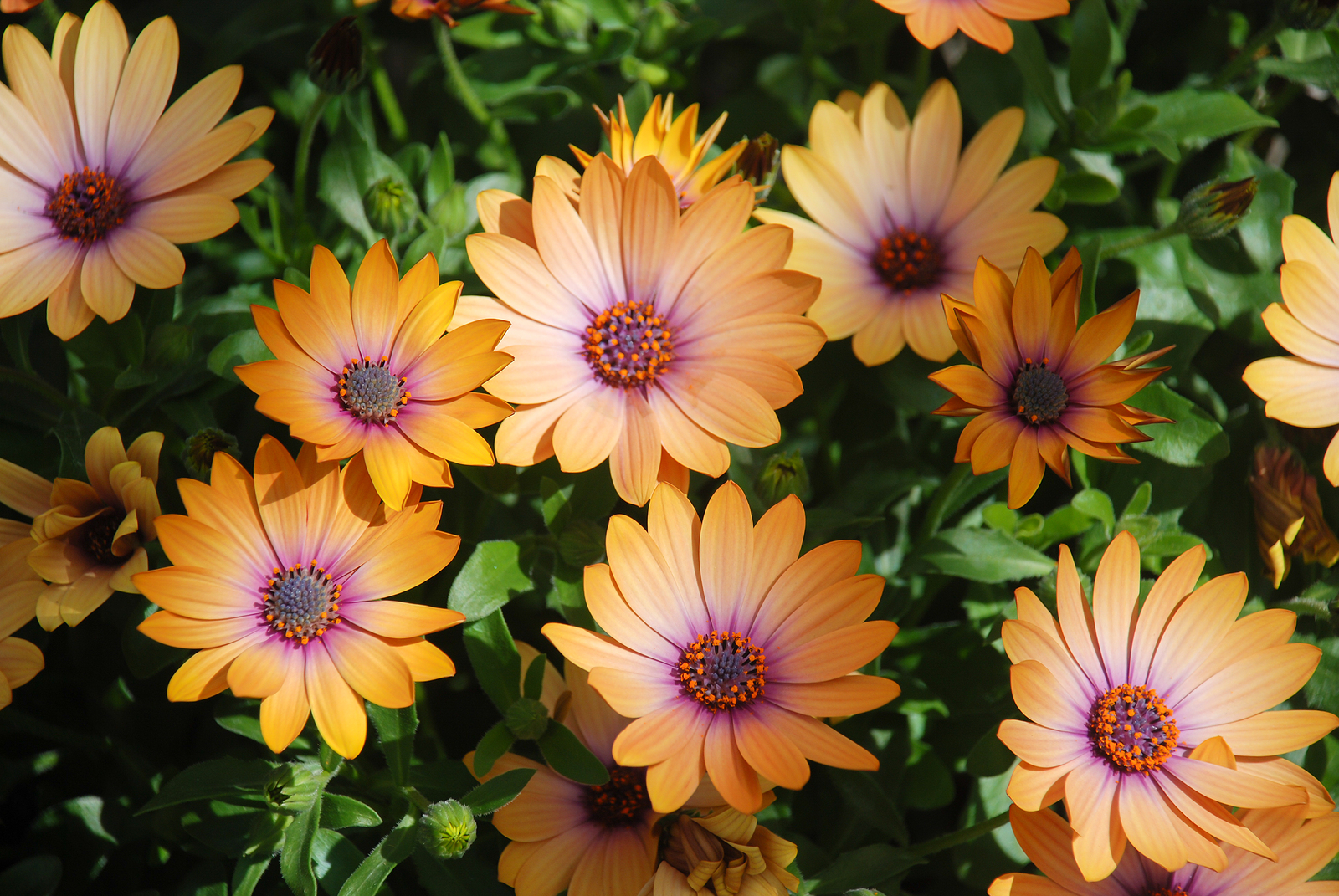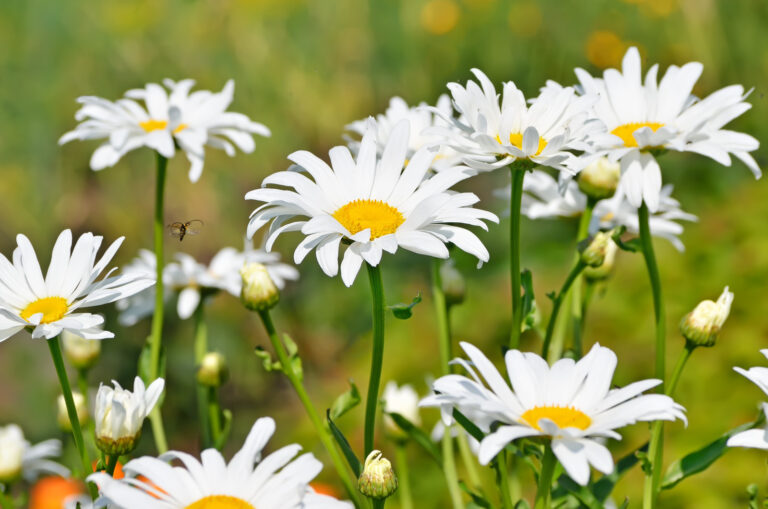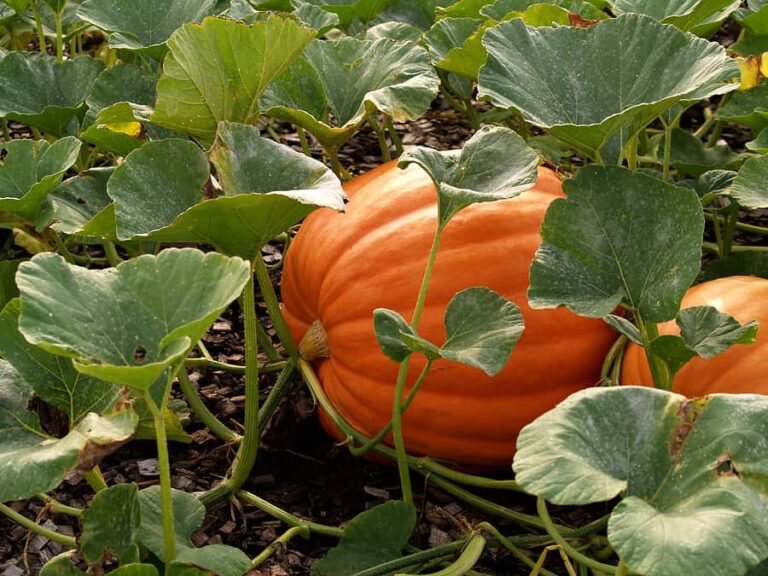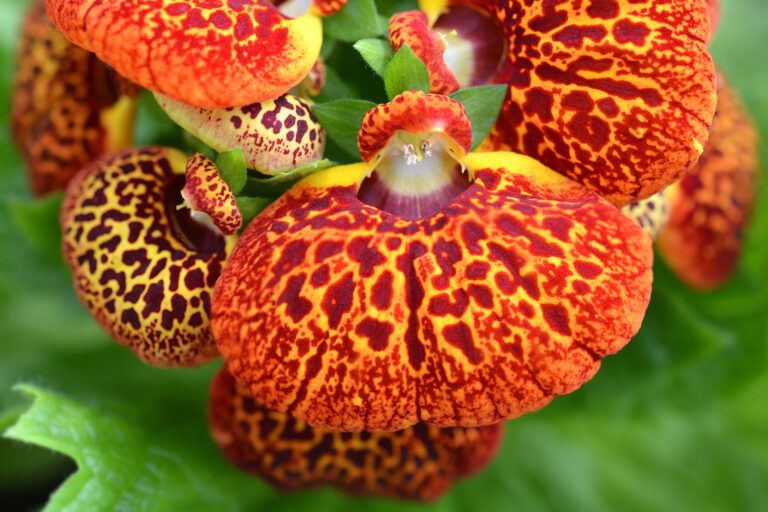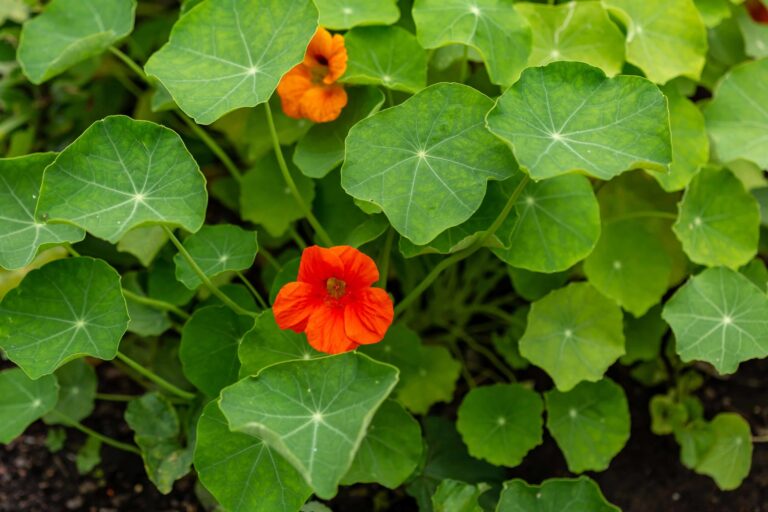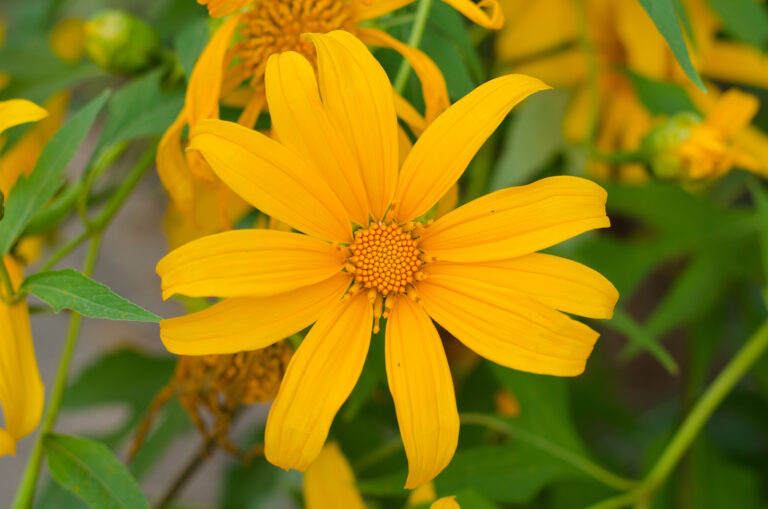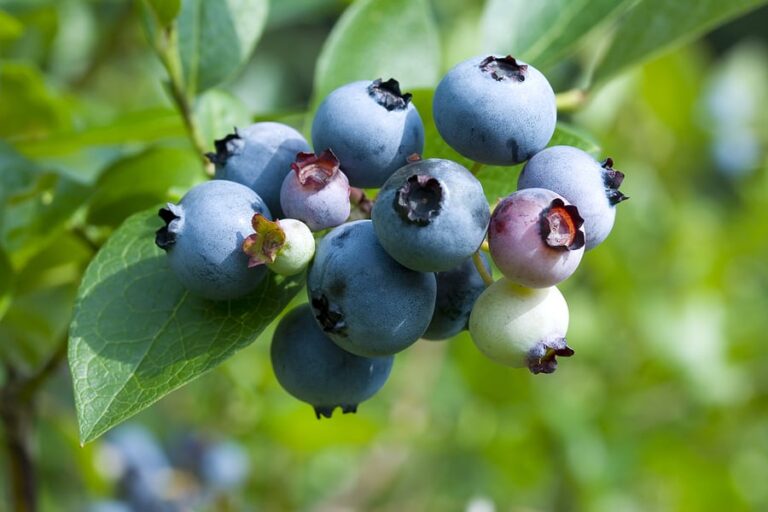How to Grow African Daisy — Dimorphotheca
Dimorphotheca is a shrubby tender perennial that bears solitary, daisylike flowers carried atop leafless stems from midsummer to fall.
Dimorphotheca is commonly known as African daisy or Cape marigold. It is closely related to Osteospermum, another genus of plants also known as the African daisy. Taxonomists once classified Osteospermum as Dimorphotheca.
Dimorphotheca is free-flowering and easy to grow. They thrive in sandy and rocky soil. They are a quick-growing groundcover well suited for dry, sunny locations.
Single flowers are borne on long stems above dark green, aromatic, narrow leaves. Leaves are deeply toothed and up to 4 inches (10cm) long.
Flowers are colorful and showy but close during cloudy weather and at night which means Dimorphoteca is not well-suited as a cut flower.
Dimorphotheca is a genus of 7 species of low-branching subshrub perennials native to semi-arid areas in tropical Africa and South Africa.
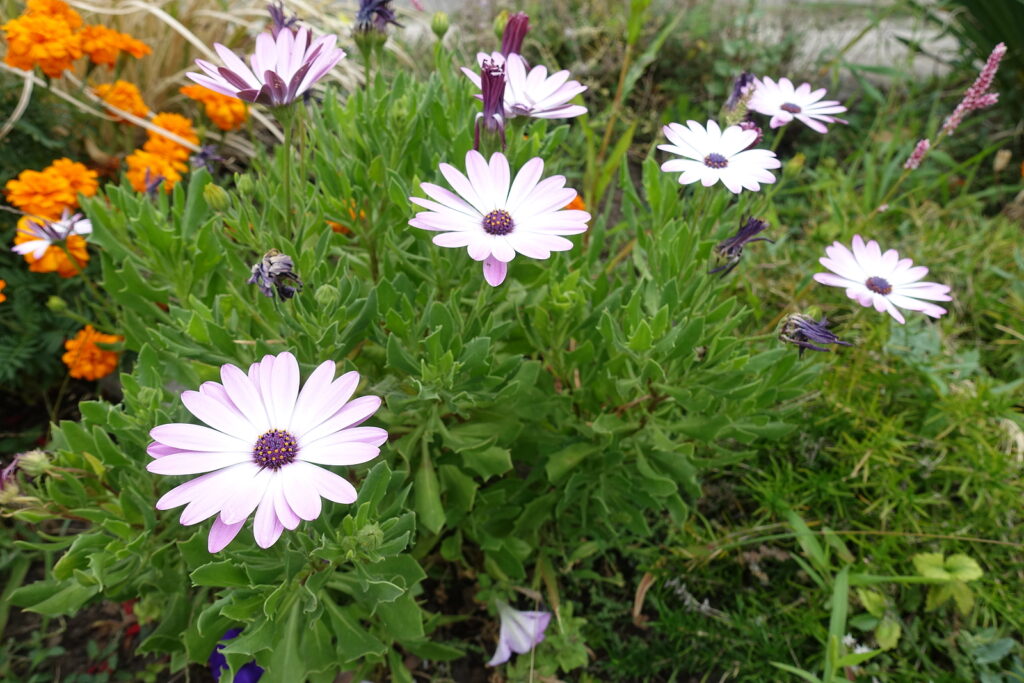
Get to know Dimorphotheca—African Daisy
- Plant type: Annuals
- Growing zones and range: Zones 9-11
- Hardiness: Tender, damaged, or killed by frost
- Height and width: 4 to 16 inches (10-40cm) tall and wide depending on cultivar.
- Foliage: Alternate obovate to inversely lance-shaped leaves often wavy-margined to toothed,
- Flowers: Daisylike flowers to 2 inches (5cm) across; ray petals surround a button-like center.
- Flower colors: White or pastel shades of salmon, orange, pink, white, and cream
- Bloom time: Summer
- Uses: Use in broad masses as ground cover, in borders, and along driveways; use as a filler below shrubs.
- Common name: African daisy, Cape marigold
- Botanical name: Dimorphotheca
- Family name: Asteraceae
- Origin: South and tropical Africa
Where to plant Dimorphotheca—African Daisy
- Grow Dimorphotheca in full sun.
- Plant Dimorphotheca in average to poor soil that is light and well-drained.
- Plants thrive in heat, and once established tolerate dry soil.
- Dimorphotheca does not grow well in humid, rainy regions.
- Dimorphotheca is best grown in containers where the soil stays wet; it can be brought under overhangs to avoid too much water.
- Dimorphotheca prefers a soil pH of 6.5 to 7.0.
Dimorphotheca—African Daisy uses
- Spreading plants are useful as a ground cover, as an edging for a border, and as a filler among low-growing shrubs.

When to plant Dimorphotheca—African Daisy
- Start plants indoors in spring so that they reach full size before the heat of summer.
- Sow seeds indoors 6 to 8 weeks before the last spring frost.
- Germination takes about 2 weeks at 60° to 65°F (15.6°-18°C).
- Sow seed outdoors in Zones 9 and warmer in mid to late spring. Sow seed where plants are to grow.
Planting and spacing Dimorphotheca—African Daisy
- Barely cover seeds with soil; use a sterile seed-staring mix if starting seeds indoors.
- Set container-grown plants in the garden two weeks after the last frost in spring.
- Space plants 6 to 12 inches (15-30cm) apart.
How to water and feed Dimorphotheca—African Daisy
- Give plants moderate water once established. Avoid wetting the foliage when watering.
- Lightly fertilize Dimorphotheca at planting time with an all-purpose fertilizer.
Dimorphotheca—African Daisy care
- Avoid overwatering or wetting the foliage to help prevent fungal diseases.
- Deadheading prolongs bloom time.
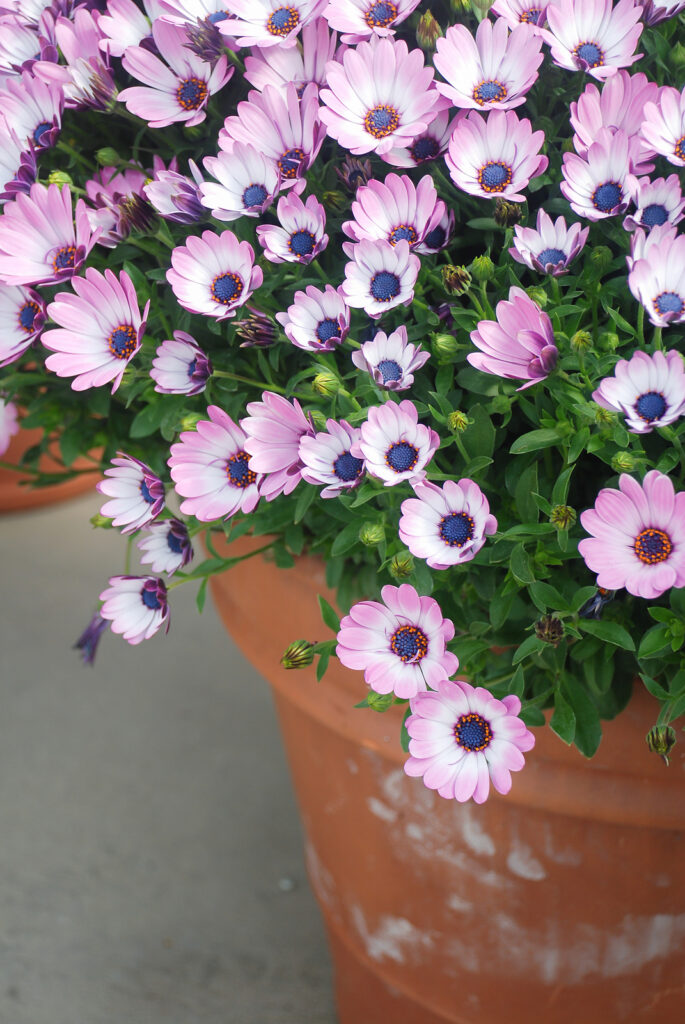
Dimorphotheca—African Daisy pests and diseases
- Dimorphoteca is susceptible to crown rot and gray mold if overwatered. Avoid wetting foliage and flowers.
Dimorphotheca—African Daisy propagation
- Broadcast seed where it is to grow in early spring in all regions, also in late fall and early winter in mild-winter regions.
- Seeds germinate in 7 to 14 days at 60° to 70°F (16°-21°C).
Dimorphotheca—African Daisy varieties to grow
- Dimorphotheca aurantiaca. See D. sinuata
- D. fruticosa. See Osteospermum fruticosum
- D. pulvialis (D. annua) rain daisy. Grows to 16 inches (40cm) tall; flowers 1 to 2 inches across with white rays above and violet or purple beneath; ‘Glistening White’ is a dwarf cultivar.
- D. sinuata. Best known African daisy, usually sold as D. aurantiaca; plants grow 4 to 12 inches (10-30cm) tall; flower heads are 1½ across with orange rays, sometimes deep violet at the base and yellow center.

